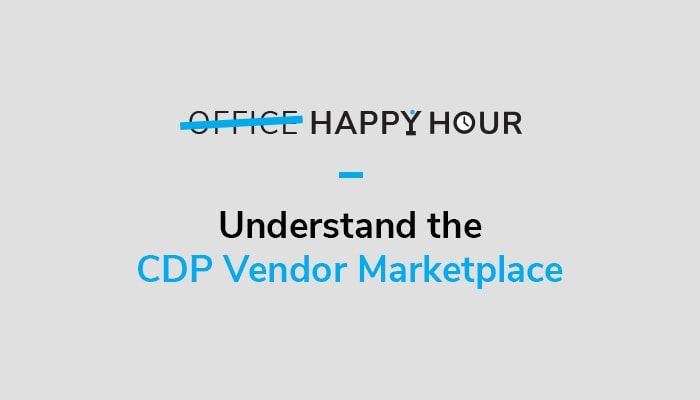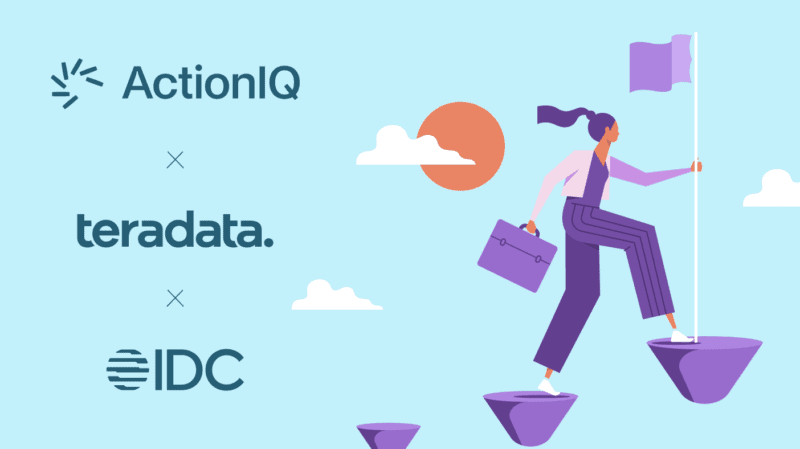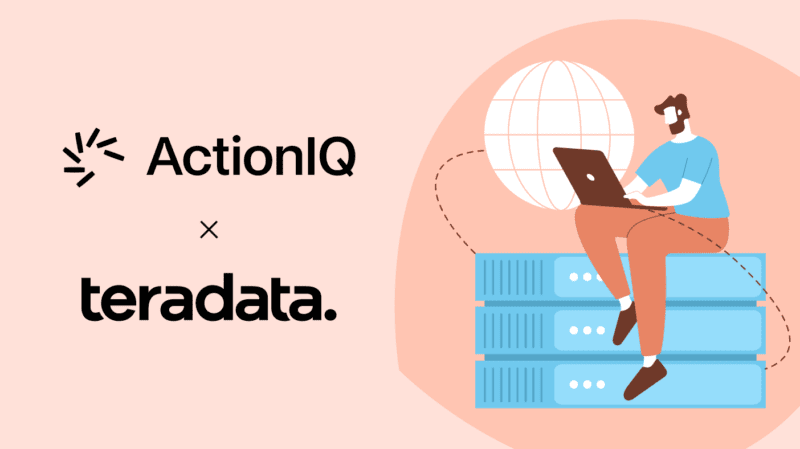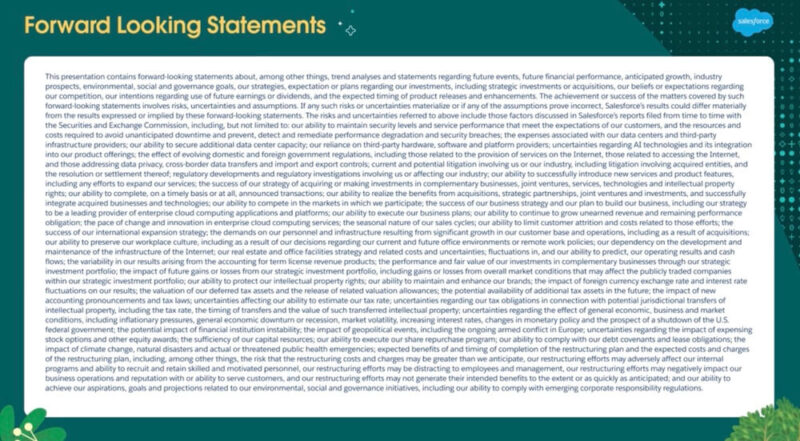The CDP Vendor Marketplace or How to Separate the CDP Posers from the Players

In the latest edition of our Happy Hour series, James Meyers, ActionIQ’s director of product strategy, sits down with Ryan Greene, ActionIQ’s head of product marketing, to tackle one of the most vexing challenges brands face as they consider adopting a CDP: The CDP Vendor Marketplace and which vendors to consider in the search?
Watch the 30 second teaser clip now
Clearly, CDPs are filling a critical gap in the martech stack, with sales in 2019 reaching $1 billion—strong validation for a technology that is only a few years old. However, the burgeoning CDP market is a messy and confusing space, according to James and Ryan, because:
- Marketers are learning through trial and error, particularly in understanding which use cases CDPs really excel at—and which are best served by ancillary best-of-breed solutions like a website personalization engine or email service provider.
- Leading analyst firms like Gartner and Forrester have yet to weigh in by providing official vendor rankings.
- Nearly 100 vendors claim they offer CDP functionality—yet many just don’t live up to the billing.
To cut through the noise, join James and Ryan as they pop open a beer at the end of their workday and offer up some straight talk on how to make sense of the CDP vendor marketplace.
Defining CDPs: Unify, Analyze, Activate
At the end of the day, James and Ryan agree with McKinsey that CDPs should do three things:
- Unify—create a single view of the customer, including both historical and near real-time behaviors.
- Analyze—enable marketers to interact with and analyze that data, including insights from advanced analytics like AI/ML, and build intelligence-driven audiences on the fly
- Activate—orchestrate personalized experiences and journeys across any and all channels.
Many vendors claim to do all three, but there’s a catch. Their actual capabilities are limited within one, or even two, of these critical areas (e.g. being great at activation but sub-par in unification). And to date, no single solution can claim to be better in every way than all the other solutions in this broad market.
To Understand a CDP Quickly, Look at the Vendor’s Pedigree
According to James, you can roughly classify the 100+ vendors into five buckets. It sounds complicated, but he says it becomes much easier when you focus on vendors’ pedigrees, i.e. where they already had products in the martech space.
- Digital event distribution platforms
In this bucket are solutions from vendors who began as so-called tag managers. Primarily built for the digital world, they are less able to unify data from offline customer touchpoints, including in-store and via call centers. And so, “Their promise of creating a single view of the customer across every channel remains unfulfilled,” James says. - Identity management platforms
Identity management tools make sense as the kernel of a CDP, since they were designed to create a single customer view. However, identity management offerings were engineered for IT, not marketers. Therefore, they tend to lack an interface that is user friendly for marketers to run analytics and build audiences in a self-service manner. These solutions also tend to have less agility and sophistication when it comes to orchestrating those audiences across channels. And, as Ryan reminds us, “A single customer view does not become valuable until it is activated into helpful customer experiences.” - Digital personalization engines
Digital personalization engines were built to derive personalized recommendations for web channels and have traditionally relied on limited data—e.g. the last 5 products browsed or the last 5 products purchased.The problem is, human beings are more complex than what they’ve done in the last 30 days, says James. You can create far more personalized (read: meaningful) experiences when you draw on a customer’s entire history with your brand. So far, these solutions have not been able to compute the quantity of data enterprises require to achieve this. - Marketing clouds
For a long time, marketing clouds (MCs) promised that if you went all-in with them, you would have all your data at your fingertips and be able to deliver personalized experiences anywhere you desired. However, that was never really the case, because individual products within MCs were never fully integrated. This is why MC vendors suddenly started building, or claiming to offer, CDPs in the last year or so. The problem is, replatforming all those different data layers takes an enormous amount of work—and it remains to be seen how well they will execute.The MC approach has another challenge baked in. MCs are all about clients buying into their closed ecosystem. And so it takes lots of work to get data from other sources into their platform. And it is still an unanswered question whether they will open up the walled gardens to third-party data and best-of-breed solutions. - Purpose-built CDPs
The smallest of the five groups (comprised of less than 5 vendors), purpose-built CDPs came from vendors who, a few years ago, identified the challenge that CDPs are meant to solve and started building solutions from the ground up.This means they started building their solutions with data management at the core, and then added analytics and orchestration capabilities on top of it. Yet while they may all have aimed to solve these challenges in a holistic way, there are varying levels of success, depending on where they invested most. According to James and Ryan, those that emphasized data management as the foundation of the house are gaining (and retaining) the most enterprise clients.
Ready to learn more? Download our CDP Market Guide to save yourself months of frustrating research and get to the truth on the confusing CDP landscape.
Find Vendors with Clients that Look Like You
So what’s the bottom line? Define the specific use cases you want to support and understand the current gaps in your stack that prevent you from fulfilling them (e.g., no single customer view, no self-service customer intelligence, no journey orchestration). And look past the marketing hype and identify vendors that are already successfully serving organizations that “look like you and routinely renew them as clients,” says Ryan.
With that in mind, James and Ryan end with a few predictions about what the CDP vendor marketplace will look like in a few years.
- Market consolidation. Some so-called CDPs are really just the last-ditch efforts by companies looking for a second wind, and few of them are likely to last long. Acquisitions will also shrink the market, like Acquia’s recent purchase of AgilOne.
- MCs will achieve only limited success. Building a complete CDP solution will be harder work than the big MCs imagine. Some will end up acquiring CDP technology instead, though they still face the challenge of integrating with their current, siloed ecosystem. And customers risk losing the ability to adopt best-of-breed solutions.
- A small number of clear CDP leaders. When the dust settles, there will be a small handful of vendors who can truly deliver on all three foundational criteria of a CDP—unify, analyze, activate. And there will be even fewer who can demonstrate their success by boasting high client satisfaction.
Watch James and Ryan in the full webinar below.





